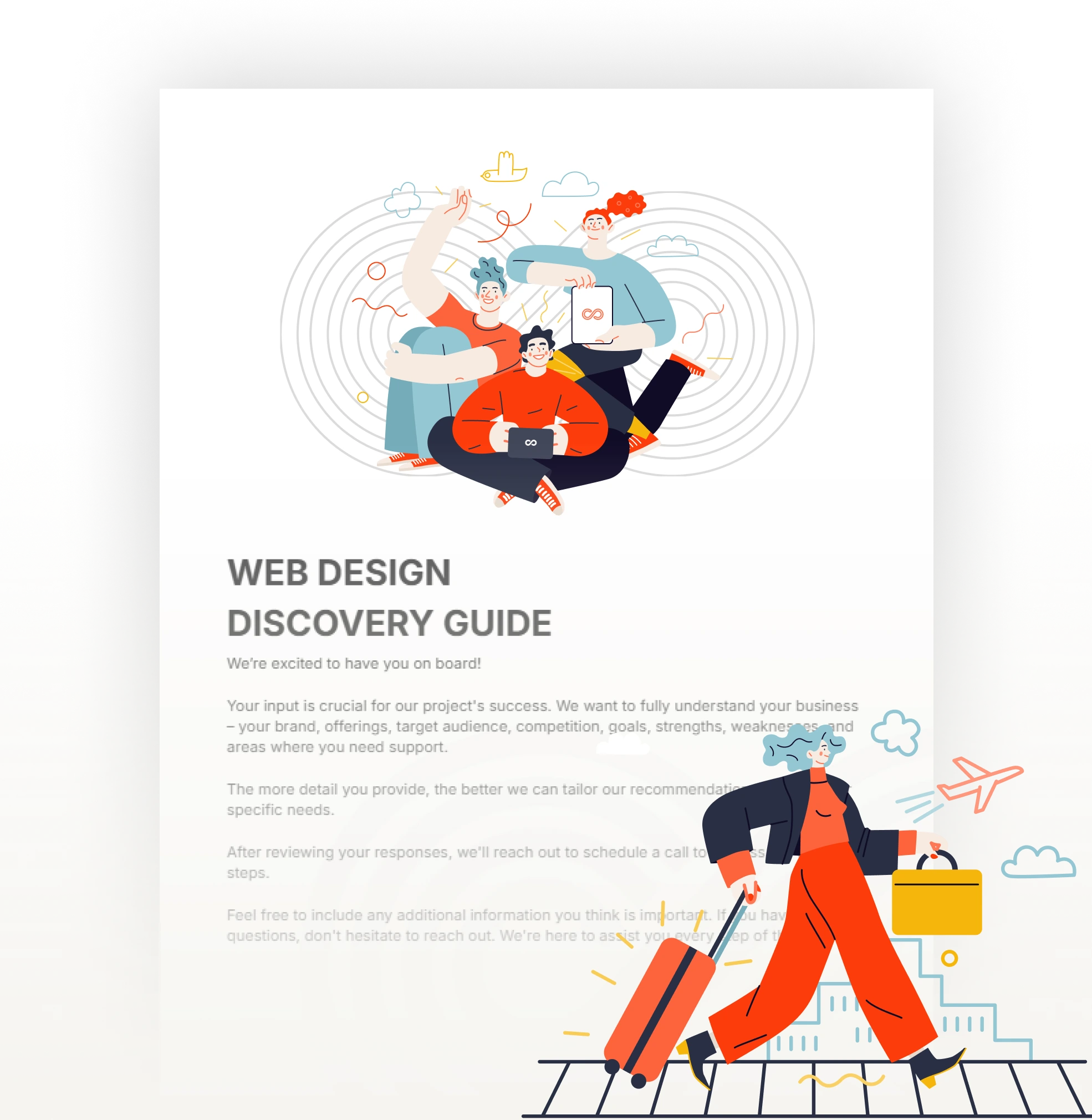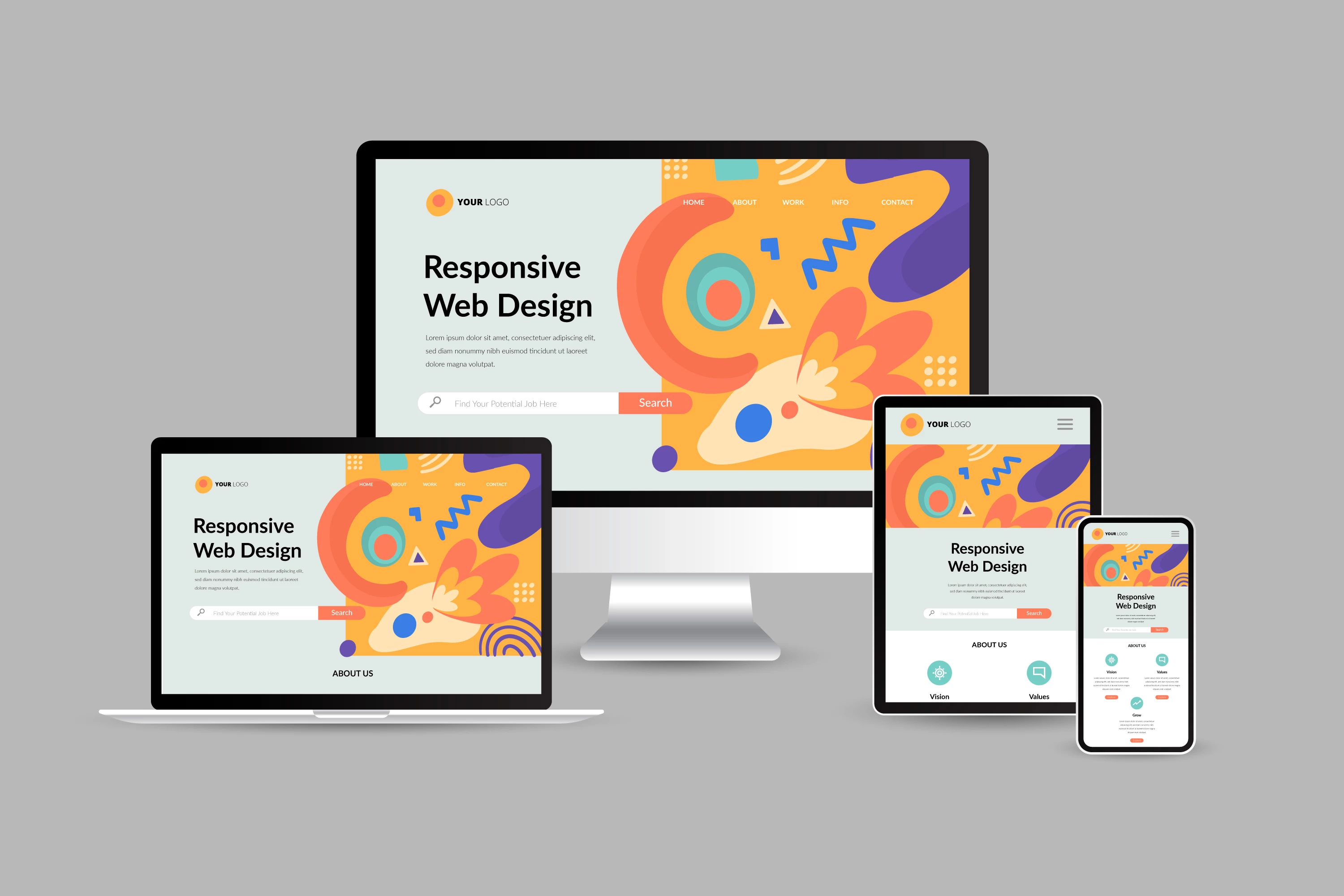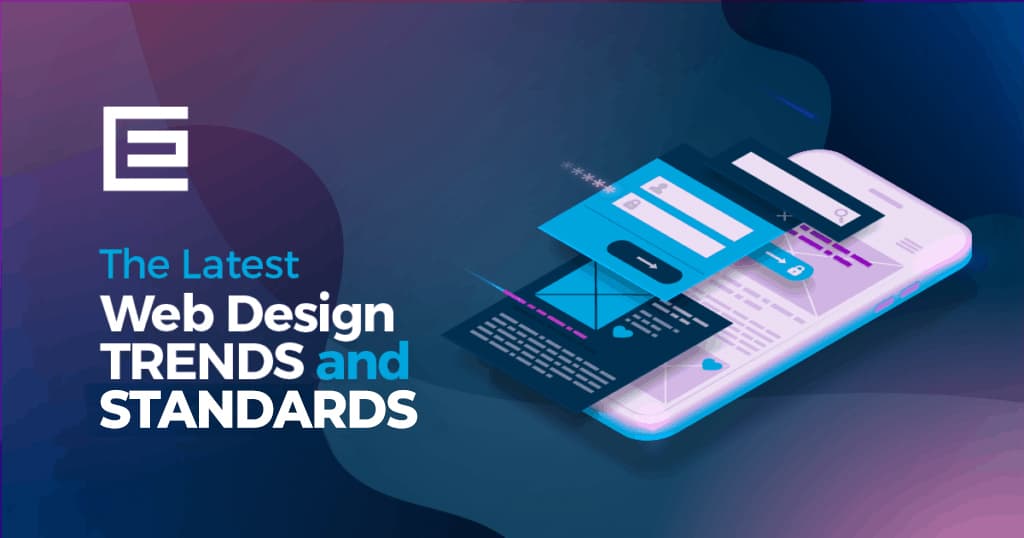Aligned Position Web Design: Creating Custom Websites That Drive Traffic and Increase Conversions
Aligned Position Web Design: Creating Custom Websites That Drive Traffic and Increase Conversions
Blog Article
The Very Best Sorts Of Website Design to Enhance Individual Experience and Engagement
In the ever-evolving landscape of electronic communication, the efficiency of Web style dramatically affects customer experience and involvement. Different layout methods, such as minimal, responsive, and interactive designs, each deal special benefits that can accommodate diverse customer needs. Comprehending which sorts of website design ideal serve these goals can be crucial for companies aiming to boost customer fulfillment and retention. However, the concern continues to be: which layout elements genuinely reverberate with customers and foster meaningful interaction? The exploration of these principles exposes essential insights that might redefine your approach to Web style.
Minimal Web Layout
As electronic landscapes come to be progressively messy, minimalist Web design has emerged as a powerful method to enhancing user experience. This design philosophy focuses on simplicity, concentrating on essential elements while removing unneeded interruptions. By utilizing ample white space, uncomplicated navigating, and a restricted color palette, minimalist layout promotes clearness and directs customer focus to vital material.
The core principle of minimal Web design is to produce a seamless communication for users. By reducing cognitive lots, individuals can swiftly comprehend info without feeling bewildered. This direct strategy not just improves functionality yet likewise urges involvement, as visitors are more probable to explore a website that is visually appealing and very easy to browse.
Furthermore, minimalist layout commonly emphasizes typography and imagery, using these elements strategically to communicate messages efficiently. This concentrate on important parts can improve brand identification and develop an unforgettable customer experience. Essentially, minimal Web layout is not just a fad; it is a thoughtful methodology that acknowledges the importance of user-centered style. By removing extraneous aspects, developers can develop a more engaging, reliable, and pleasurable Web experience for all users.
Receptive Website Design
In today's varied electronic setting, responsive website design has ended up being crucial for developing a seamless individual experience throughout a plethora of tools. As customers access internet sites on mobile phones, laptops, desktop computers, and tablets, the ability of a site to adapt its layout and content to various display sizes and resolutions is vital.
Responsive website design utilizes versatile grids, images, and CSS media queries to make certain that Web material exists efficiently, no matter the device made use of. This technique not only enhances the aesthetic appeal of a website yet additionally substantially enhances usability. Individuals are a lot more likely to involve with a website that provides a consistent experience, as it gets rid of the irritation of having to focus or scroll exceedingly.
By taking on responsive style, businesses can boost their exposure and get to a broader target market. In recap, responsive Web design is an essential technique that enhances individual experience, involvement, and overall fulfillment.
Interactive Website Design
Receptive website design lays the groundwork for boosting user experience, however interactive website design takes this a step further by engaging customers in a much more vibrant way - Aligned Position Web Design. By incorporating aspects such as computer animations, clickable prototypes, and real-time feedback, interactive Web style astounds customers, drawing them right into a richer surfing experience
This technique not just promotes interaction yet additionally urges users to explore material actively instead of passively consuming sites it. Methods such as gamification, where individuals make incentives for finishing jobs, can dramatically boost the moment invested in a website and improve overall fulfillment. Interactive functions can simplify complex information, making it much more enjoyable and digestible.

Incorporating interactive style components can also bring about higher conversion prices, as customers are much more most likely to involve with a site that proactively entails them. Aligned Position Web Design. Eventually, interactive Web style changes user experiences right into memorable journeys, ensuring that visitors return time after time
Apartment Style
Characterized by its minimalistic strategy, level layout emphasizes simpleness and functionality, removing unnecessary elements and focusing on vital functions. This style philosophy prioritizes usability, guaranteeing that users can navigate interfaces with ease and effectiveness. By employing a clean aesthetic, level design eliminates the mess often found in more ornate designs, thereby boosting customer concentrate Visit Website on content and performance.
The trademark of level style hinges on its use bold shades, straightforward typography, and geometric forms. These components add to a visually appealing user interface that is both approachable and modern. Furthermore, level design fosters a feeling of clearness, permitting users to determine essential activities and details without diversion.
In addition, flat style is particularly reliable in responsive website design, as its simplicity converts well throughout various tools and screen dimensions. The absence of intricate appearances and slopes decreases filling times, which is critical for preserving user interaction. As digital landscapes remain to develop, level design continues to be an appropriate option for creating straightforward sites that boost general experience. By concentrating on vital functions, flat design not only fulfills individual demands but also motivates smooth interaction, making it an essential component of efficient website design approaches.
Flexible Website Design
Adaptive website design customizes the customer experience by creating multiple taken care of formats customized to various screen dimensions and gadgets. Unlike receptive layout, which fluidly changes a single design, adaptive layout employs distinct designs for particular breakpoints, guaranteeing ideal presentation on different platforms. This method enables designers to focus on the one-of-a-kind characteristics of each device, enhancing use by supplying specifically what users need based on their context.
One of the key benefits of adaptive website design is its capability to enhance tons times and performance. By serving customized web content and pictures that fit the individual's gadget, web sites can lessen data usage and boost loading rates. This is specifically beneficial for customers with slower links or restricted data strategies.

Furthermore, flexible design assists in a more consistent and regulated branding experience. Given that developers create several layouts, they can make sure that the aesthetic elements straighten with the brand's identity throughout different systems - Aligned Position Web Design. This results in a natural individual experience, enhancing interaction and advertising user retention
Verdict
Minimalist design fosters clarity and focus, while receptive style guarantees adaptability across numerous tools, promoting ease of access. Jointly, these style approaches contribute to the development of easy to use atmospheres that not only boost fulfillment yet likewise look at here drive higher conversion rates, highlighting their crucial significance in modern Web layout approaches.

Minimalist layout fosters clearness and emphasis, while receptive layout makes certain adaptability throughout various gadgets, advertising ease of access. Jointly, these style approaches contribute to the development of user-friendly settings that not only improve fulfillment yet additionally drive greater conversion prices, underscoring their vital value in modern Web style methods.
Report this page